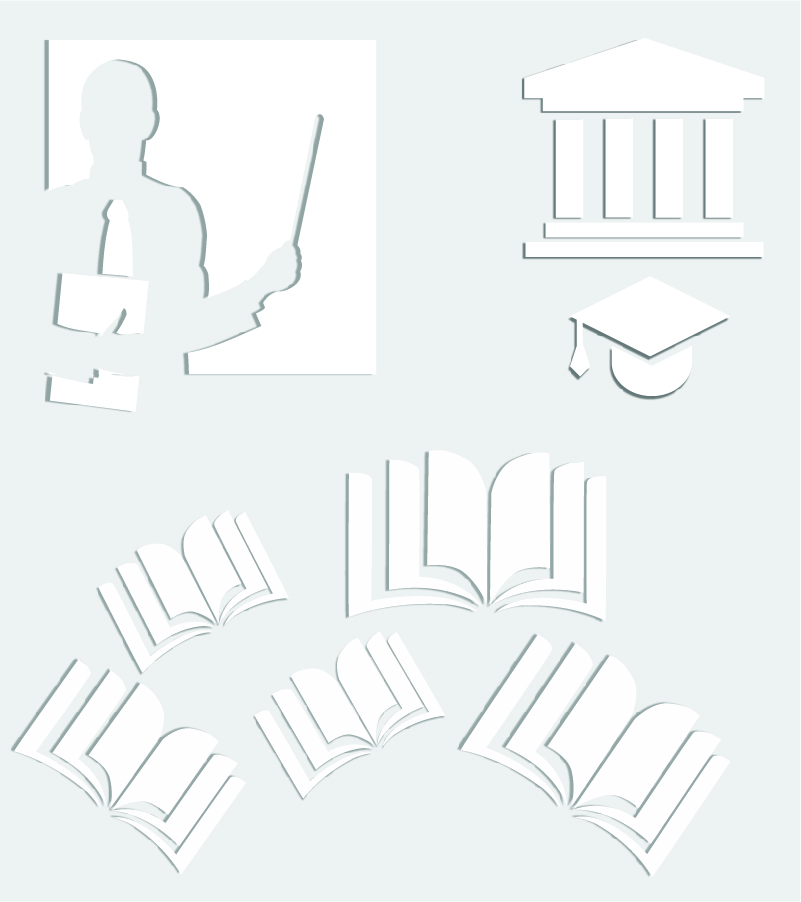Exchange programmes
About the Faculty
Studies
| Subject: Biomechanics
(12 -
BMI127) Basic Information
Course specification
Course is active from 05.11.2012.. Professor’s intention is to teach the student the following through this course: - to understand biomechanics as development, generalization an application of mechanics in the analysis of biosystems, for understanding physiological state and improvement of diagnoses and treatment of both injuries and illness. Biosystems are more complex in both function and form then technical systems. After this course student should be able: to connect knowledge acquired in course of Mechanics with nonuniform, descriptive biological material and to formulate a model for quantitative analysis of biomechanical systems to solve obtained equations and to understand the influence of aging, disease and trauma on mechanical function of systems in human body comparing to mechanical functions of the systems in physiological state for better choice of necessary intervention. External forces and their influence o then human body and its motion. Motion of multibody system with visco-elastic elements. Mathematical models in biomechanics. Terminology, structure and functions of skeletal, muscular and nervous system. Internal forces in human body and their influence on a body and its motion. Rheological properties of tissues and tissues for restoration. Relations between stress and strain. Laws of motion and energy balance. Biomechanics of bones, joints and ligaments. Types and structure of muscles as movement initiator. Muscle contraction force. Nervous system as a steering part of musculoskeletal system. Axioms of termomechanics. Metabolism: energy, heat, work and power of the human body. Specifics of mathematical modelling and numerical simulations of the motion of the human body: dynamical modelling of a joints in the human body with special attention to the head-neck connection, models for analysis of impact, with special attention to biomechanical response of a human bodyand head during frontal impact. Application of mathematical theory of elastic rods in biomechanics. Application of biomechanicsl models in rehabilitation, exercises and sport. Usage of prosthetic devices for mechanical functions of the human body. Oscillations of biosystems. Lectures, auditory practice, computational practice. Homework, as a method for checking of understanding and usage of terms and developed methods.
|
© 2013. Faculty of Technical Sciences. Trg Dositeja Obradovića 6, 21000 Novi Sad. Tel: +381 21 450 810
Translation: FTS English Team
Translation: FTS English Team





